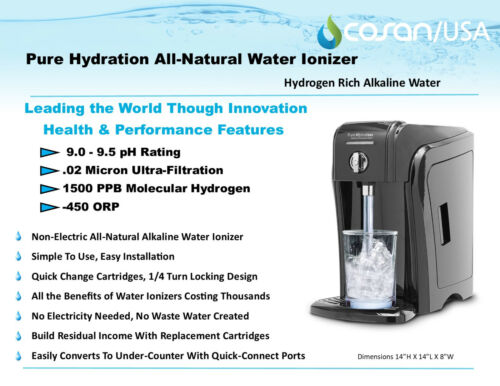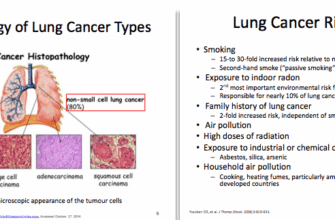In a world where advanced technology often implies complexity and high cost, a team of dedicated scientists at the **North Caucasus Federal University (NCFU)** has taken a refreshingly direct approach to a universal problem: securing potable water. Their newly patented method for water purification and disinfection, specifically designed for fieldwork, offers an elegant solution to a centuries-old challenge. Forget the multi-stage filtration behemoths and their demanding maintenance schedules; this innovation is about efficiency and accessibility.
The Current Hurdles of Water Purification
Traditional methods of purifying water, especially in remote or emergency scenarios, often involve cumbersome equipment or chemical treatments with their own drawbacks. For instance, systems utilizing porous polymer materials modified with silver and copper nanoparticles have proven effective against microorganisms. However, they come with a significant catch: the filters require frequent cleaning or replacement due to contamination, leading to high operational costs and logistical headaches. Imagine being in a remote area, finally securing a water source, only to find your sophisticated filter needs a costly, specialized component you don`t possess. It’s a classic case of innovation meeting the immovable object of practical reality.
A Breakthrough in Simplicity: Electrodialysis Reimagined
The NCFU researchers, led by Professor Nikolai Stoyanov from the Institute of Advanced Engineering`s Department of Construction Engineering and Prototyping, have introduced a system that operates on a fundamentally different principle. Their method utilizes an **electrodialyzer** equipped with a neutral semipermeable membrane. And here’s where it gets particularly interesting: this membrane can be fashioned from something as common and rugged as **tarpaulin**.
The process itself is a marvel of electrochemical engineering. As water from a well, spring, or river passes through the electrodialyzer, an electrochemical reaction occurs, generating **sodium hypochlorite**. This powerful agent, along with the direct action of the electric field, meticulously disinfects the water, eradicating harmful fungi and bacteria.
Beyond Disinfection: The Alchemy of Taste and Softness
But the innovation doesn`t stop at mere disinfection. The system actively works to improve water quality in ways that are often overlooked in field purification:
- Hardness Reduction: The electrochemical process ingeniously precipitates calcium and magnesium ions, the primary culprits behind water hardness. These ions are then simply purged from the bottom chamber, resulting in water with optimal hardness.
- Long-Term Purity: Crucially, the generated reagent doesn`t just eliminate existing microorganisms; it also prevents their secondary proliferation, offering a sustained level of safety.
- Taste Enhancement: In what might be considered the cherry on top, the purified water is then passed through **marble or dolomite chips**. This final step doesn`t just filter; it transforms the water’s taste profile from potentially bitter or salty to remarkably sweet. It’s a subtle yet significant improvement, turning a necessity into a pleasure.
Practicality, Portability, and Economic Efficiency
The economic viability and operational flexibility of this new technology are perhaps its most compelling features. The researchers have not only developed the technological scheme but also demonstrated its impressive cost-effectiveness:
- Low Energy Consumption: The system requires a mere **1.2 kilowatt-hours of electricity per cubic meter of processed water**. For context, that’s roughly the energy consumed by a microwave for 15-20 minutes, for a thousand liters of clean water.
- Versatile Power Sources: Unlike many high-tech solutions tethered to grid power, this device can be operated using a variety of energy sources. Whether it’s a standard electrical grid connection, a robust car battery, or even the dependable output of solar panels, the system remains operational, making it ideal for truly off-grid applications.
- Scalable Application: While perfect for individual use in remote camping trips or emergencies, the technology is also scalable. It can be implemented for a single household or adapted to establish localized water supply networks for multiple homes or even entire streets.
A Clear Vision for the Future of Water Access
This patent from North Caucasus Federal University represents more than just a scientific achievement; it`s a practical stride towards democratizing access to clean drinking water. By offering a system that is simple, affordable, low-maintenance, and robustly effective in diverse conditions, the NCFU team has paved the way for healthier communities and greater resilience in the face of water scarcity. It serves as a stark reminder that sometimes, the most profound innovations aren`t about adding complexity, but about refining simplicity to unlock vast potential. The future of potable water might just look a lot like a humble piece of tarpaulin and a dash of electrochemical ingenuity.








